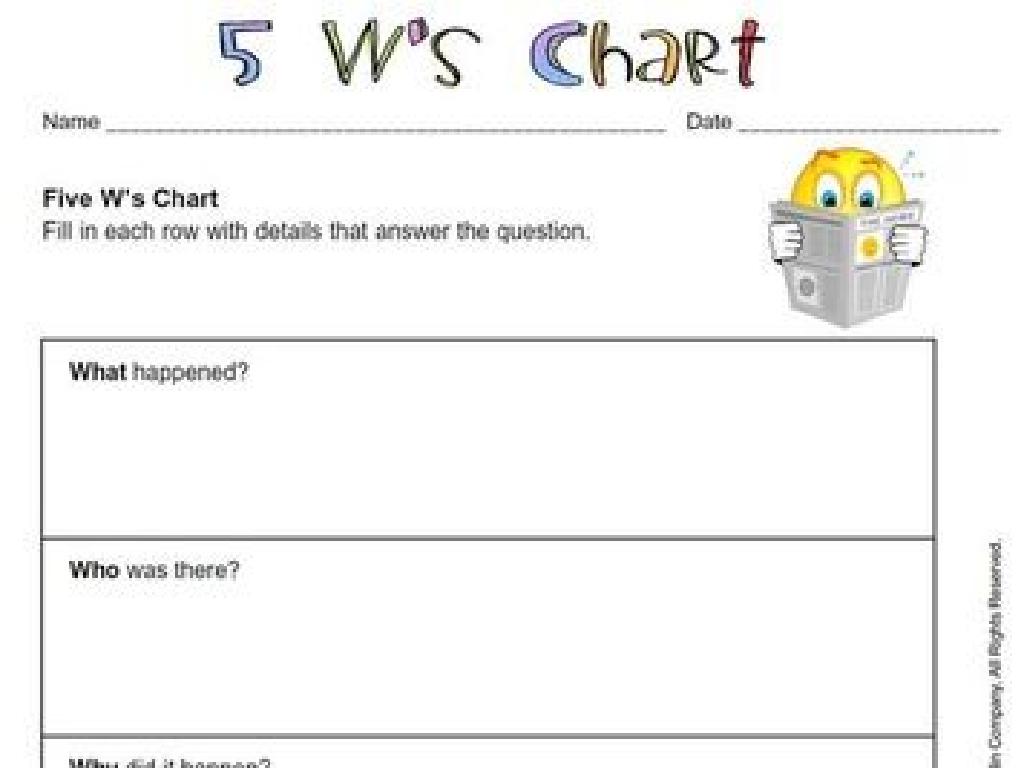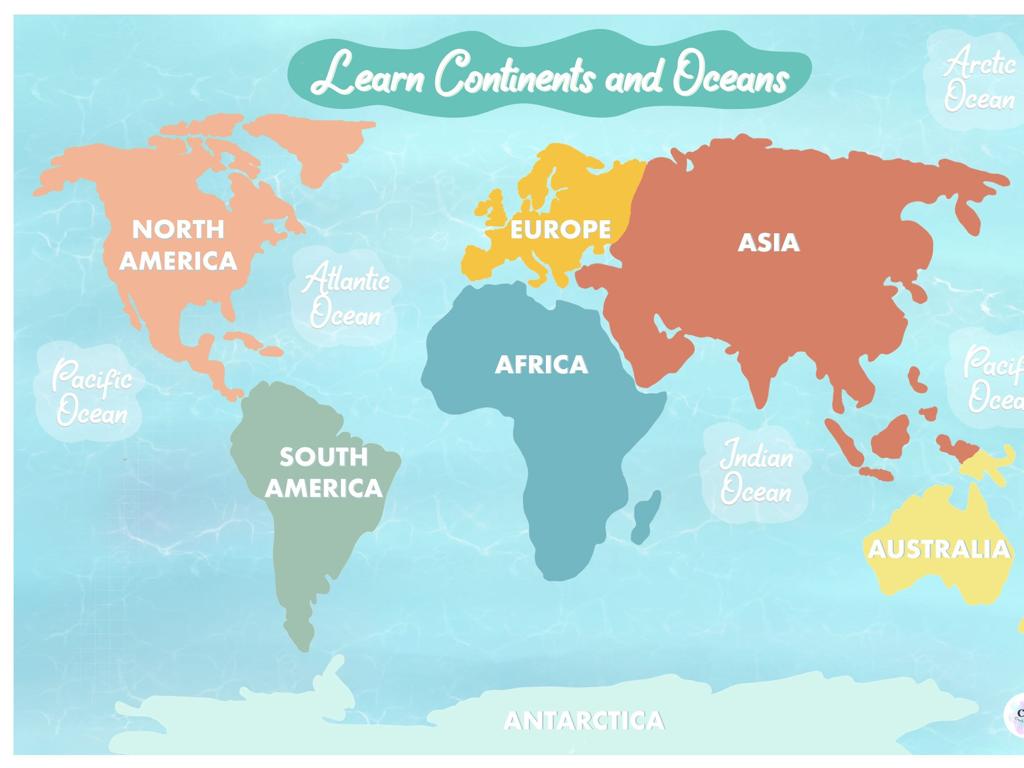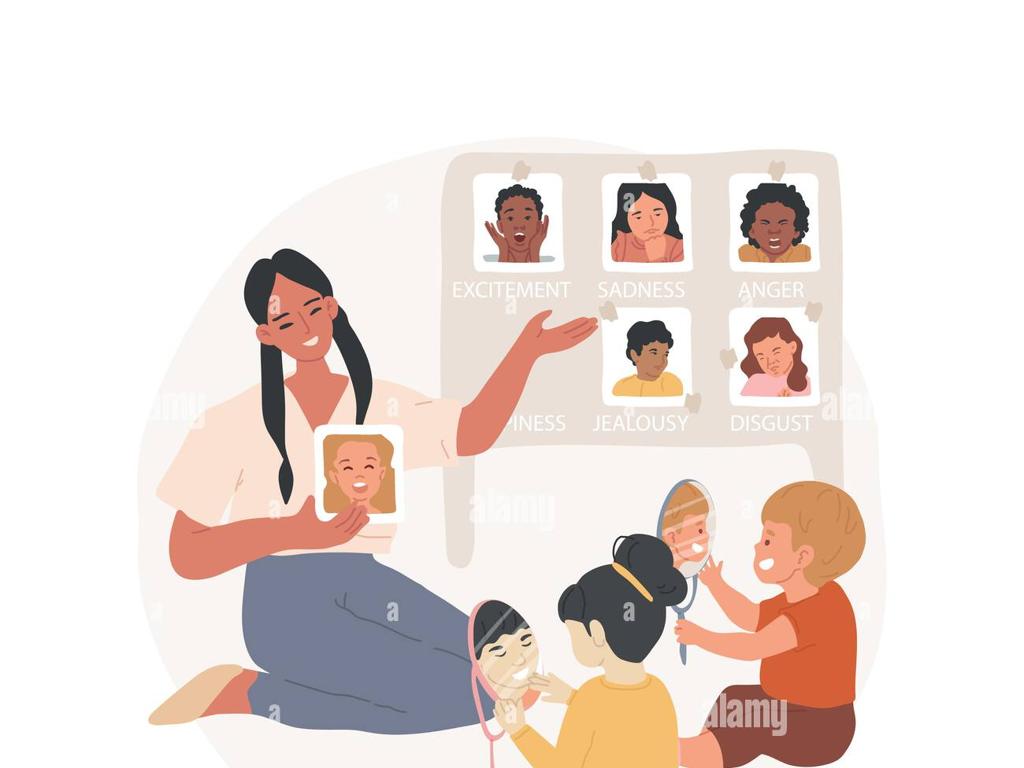Additional Resources
Subject: Life skills
Grade: High school
Topic: Financial Literacy
Please LOG IN to download the presentation. Access is available to registered users only.
View More Content
Introduction to Financial Literacy: Additional Resources
– Grasping the value of money
– Money’s role in daily decisions and long-term goals
– Financial literacy as a key skill
– It empowers informed financial decisions for life
– Exploring additional resources
– Tools and platforms that offer financial insights
– Enhancing financial education
|
This slide introduces the concept of financial literacy, emphasizing its importance as a fundamental life skill. Begin by discussing the value of money, not just in terms of currency, but how it impacts daily choices and future aspirations. Highlight why financial literacy is essential, as it equips students with the knowledge to make smart financial decisions throughout their lives. Introduce additional resources such as websites, apps, books, and community programs that can provide further learning opportunities in financial literacy. Encourage students to utilize these resources to deepen their understanding and application of financial concepts. The goal is to inspire students to continue learning about finances beyond the classroom.
Expanding Financial Literacy Through Reading
– Essential financial literacy books
– ‘Rich Dad Poor Dad’, ‘The Total Money Makeover’, and ‘The Richest Man in Babylon’.
– Summaries and key takeaways
– ‘Rich Dad Poor Dad’ teaches financial independence through investing, ‘The Total Money Makeover’ offers steps to financial stability, ‘The Richest Man in Babylon’ provides timeless money management wisdom.
– Reading’s impact on financial acumen
– Understanding complex financial concepts becomes easier with diverse reading.
– Enhancing decision-making skills
– Books offer strategies to improve financial decisions and avoid common pitfalls.
|
This slide aims to introduce students to a curated list of essential books that can enhance their understanding of financial literacy. Each book is briefly summarized to highlight its unique contribution to financial knowledge. Emphasize the importance of reading as a tool for deepening financial insight and improving decision-making skills. Encourage students to explore these books to gain different perspectives on money management, investing, saving, and spending. Discuss how these books can provide practical advice and inspire students to develop their financial plans and goals.
Exploring Online Financial Literacy Resources
– Interactive learning advantages
– Engages & retains attention, practical application
– Reputable online financial platforms
– Platforms like Khan Academy, Coursera offer specialized courses
– Choosing the right financial course
– Consider course objectives, content relevance to your goals
– Tailoring learning to your level
– Look for beginner, intermediate, or advanced level courses
|
This slide aims to guide students through the wealth of online resources available for financial literacy education. Highlight the benefits of interactive learning, such as increased engagement and the opportunity for hands-on practice. Provide examples of reputable platforms like Khan Academy and Coursera, which offer courses designed by financial experts. Encourage students to carefully select courses that align with their personal financial goals and current knowledge level, ensuring the course content is neither too basic nor too advanced. This tailored approach to learning will help them build a solid foundation in financial literacy.
Financial Planning Software Tools
– Tech’s role in personal finance
– Technology simplifies tracking expenses and budgeting.
– Demo of a budgeting tool
– Example: Using a tool to set spending limits and savings goals.
– Compare various software options
– Consider user-friendliness, security, and integration with banks.
– Features to look for
– Look for real-time updates, alerts, and financial reports.
|
This slide introduces students to the concept of using technology for personal financial management. Start by discussing how financial planning software can simplify the process of tracking expenses, creating budgets, and setting financial goals. Provide a live demonstration of a basic budgeting tool to show its practical application. Then, compare different software options, highlighting key features like user interface, security measures, and the ability to link with bank accounts for real-time financial data. Encourage students to consider what features are most important to them in a financial tool, such as alerts for overspending or detailed financial reports to help with long-term planning.
Government and Non-Profit Resources for Financial Literacy
– Credible financial information sources
– Look for .gov, .edu, or reputable non-profits
– Government agencies’ financial tools
– IRS, SEC, and FDIC offer free educational materials
– Non-profit organizations’ role
– Non-profits provide workshops, counseling, and materials
– Utilizing resources for financial education
|
This slide aims to guide students in identifying reliable sources for financial information and understanding the wealth of resources available through government and non-profit organizations. Emphasize the importance of seeking information from credible sources, such as government websites and reputable non-profit organizations. Highlight specific agencies like the IRS for tax information, SEC for investment education, and FDIC for understanding banking and savings. Discuss how non-profit organizations contribute to financial literacy through various programs and services. Encourage students to actively use these resources to enhance their financial knowledge and skills.
Mentorship and Peer Groups in Financial Literacy
– Importance of financial mentors
– Mentors guide through personal finance growth, offering advice and experience.
– Engaging with peer groups
– Find groups with shared financial learning goals to exchange ideas.
– Sharing experiences
– Discussing financial successes and challenges enhances understanding.
– Collaborative learning benefits
– Group discussions and activities can solidify financial concepts.
|
This slide emphasizes the value of mentorship and the power of peer groups in enhancing financial literacy among high school students. Mentors can provide personalized guidance, helping students navigate complex financial decisions and set realistic goals. Encourage students to seek out mentors, such as teachers, family members, or professionals. Peer groups offer a platform for students to engage with others who are also learning about financial management, allowing them to share their experiences and learn from one another. This collaborative approach can lead to a deeper understanding of financial concepts and more effective learning. In the next class, consider facilitating the formation of peer groups or connecting students with financial literacy programs that offer mentorship opportunities.
Class Activity: Exploring Financial Literacy Resources
– Divide into research groups
– Each group selects one financial resource
– Possible resources: websites, apps, books, or community programs
– Prepare a group presentation
– Focus on resource’s benefits and how it aids financial understanding
– Share and discuss findings in class
|
This class activity is designed to engage students in collaborative learning and to enhance their understanding of financial literacy through hands-on research. Each group should select a different resource, such as a financial literacy website, mobile app, educational book, or local community program. They will then prepare a short presentation highlighting how their chosen resource can help someone become more financially literate. After presentations, open the floor for group discussion to allow students to give feedback and reflect on the usefulness of each resource. This activity not only teaches about financial literacy but also develops research, presentation, and critical thinking skills.






